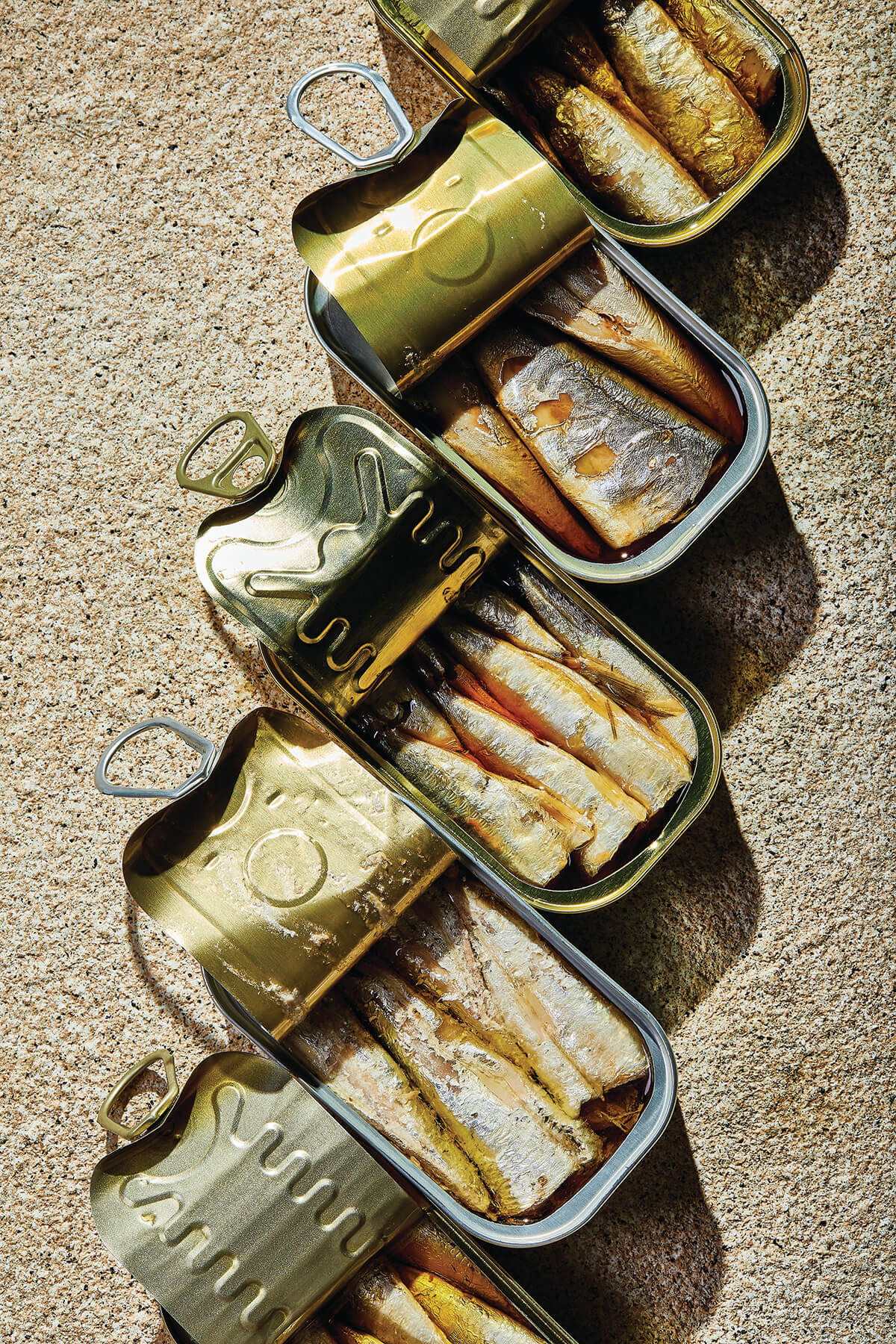Food & Drink
Why Tin Fish is Making a Splash on Local Menus
At area restaurants, tin is in.

Maybe it’s because when the pandemic hit there was a rush to stock up on canned foods, or maybe it’s because people have gotten into pickling and preserving. Whatever the reason, at area restaurants, from Dylan’s Oyster Cellar to Annapolis’s Sailor Oyster Bar, tin is in.
So why is tin fish making a splash on local menus?
“I equate tin fish to a lot of other preservation methods that have become more a part of what people have learned to love,” says Ben Lefenfeld, chef-owner of La Cuchara, which has a section of its menu devoted to “conservas” (preserved food). “It’s one of those ubiquitous things that started out of necessity but has really grown into a culture all its own.”
This centuries-old way of preserving fish has been around for eons in Portugal, Spain, and South America, where it’s part of the daily diet. Now, it’s finally catching on in Baltimore.
“It’s an opportunity to try different types of seafood you might never have been exposed to,” says Lefenfeld, “and a great way to taste something that was prepared at the prime of the season.”
Enrique Pallares, co-owner of The Wine Collective, enjoys educating his guests about the specialty seafood he grew up eating in his native Ecuador.
“When people ask me about tin fish, I tell them to think of tin fish less in the context of Chicken of the Sea and more in the context of caviar—both are preserved and come in a tin or a jar,” he says of the wine bar’s fare, including calamari in ragout and sardines with lemon and olive oil. “In Europe and South America, it’s just part of the way of life to have an aperitivo and sit and have your glass of vermouth, while you accompany it with olives, tin fish, or charcuterie. In America, people are catching on to the idea of eating smaller bites over a longer period rather than eating giant entrees.”